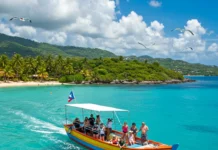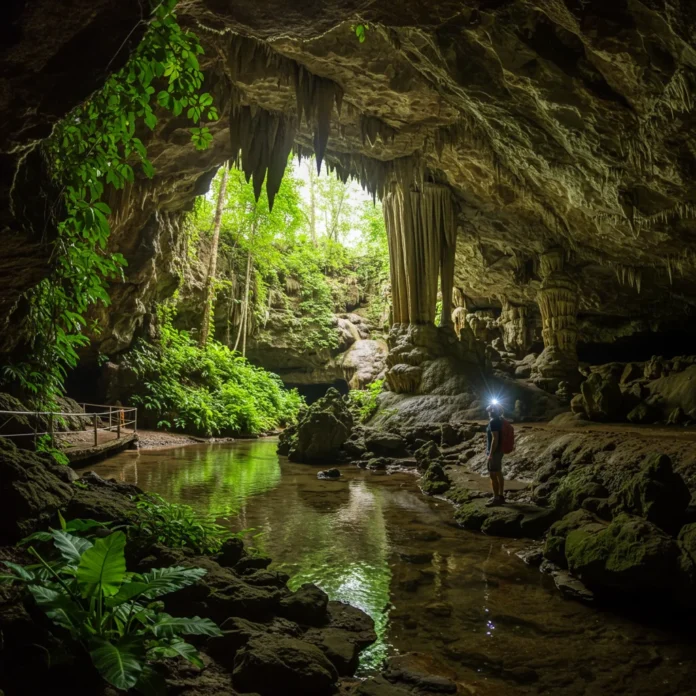Introduction: The Allure of Puerto Rico’s Caves
Puerto Rico’s landscape is dotted with mysterious caverns that have fascinated locals and travelers for centuries. These caves offer a rare glimpse into the island’s geological history, cultural heritage, and unique ecosystems. The air inside is cool and damp, the silence broken only by the distant drip of water or the flutter of bat wings. Whether you are an adventure seeker or a curious explorer, the caves of Puerto Rico provide an experience unlike any other.
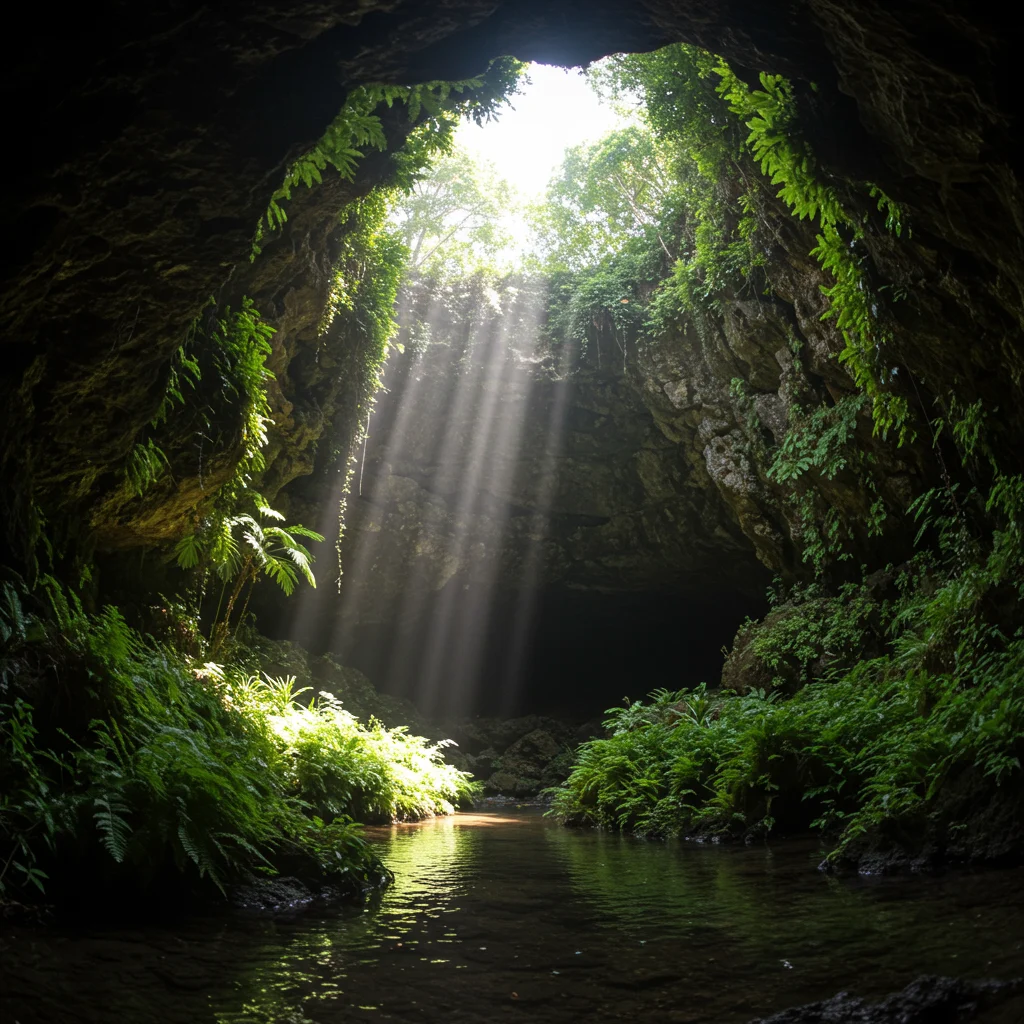
Beneath lush forests and dramatic limestone cliffs, these underground worlds invite us to witness nature’s artistry and the stories etched into stone over millennia. From ancient petroglyphs to dazzling stalactites, each cave promises a journey filled with wonder and discovery.
Why Explore Caves in Puerto Rico?
Exploring the caves in Puerto Rico goes far beyond a simple sightseeing trip. These subterranean marvels serve as natural museums, wildlife sanctuaries, and living records of indigenous history. Visiting them offers a blend of adventure, education, and a chance to connect with the island’s natural rhythms.
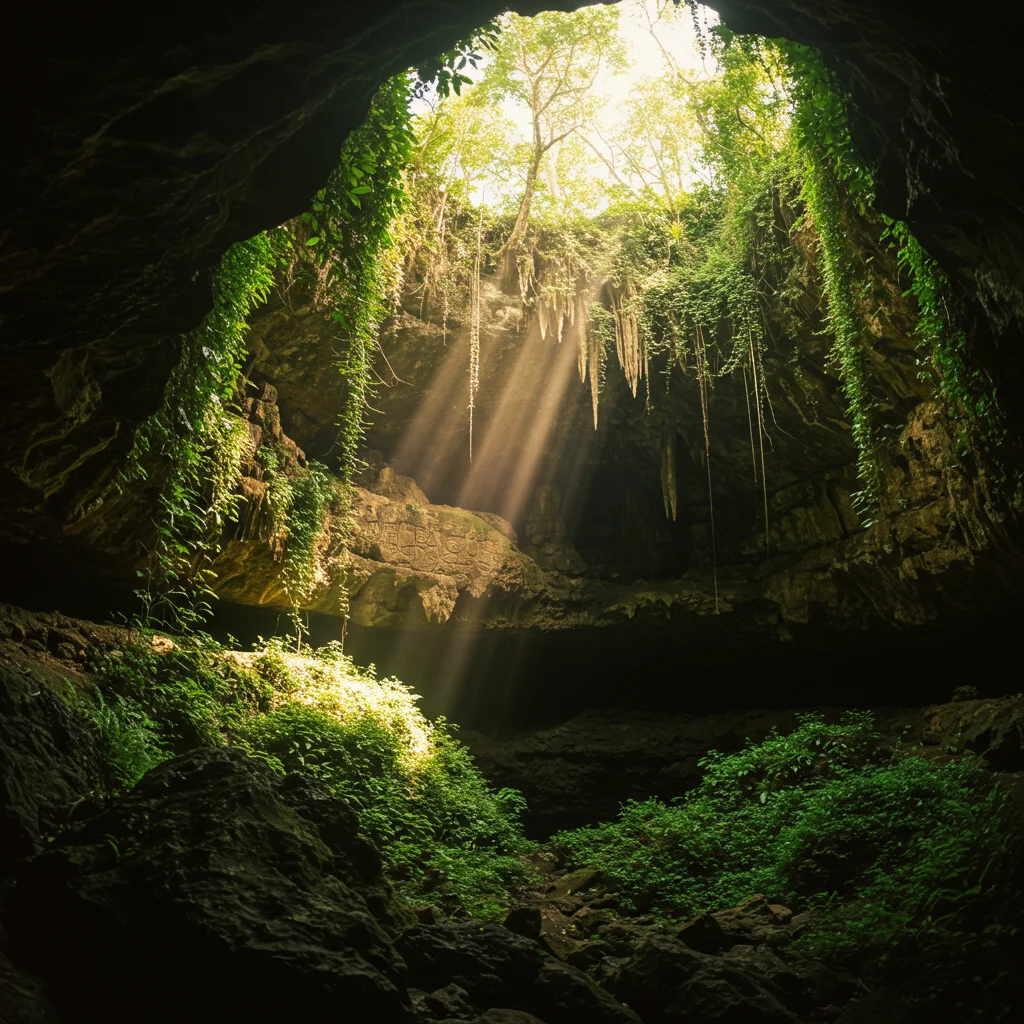
What Makes Puerto Rico’s Caves Unique?
What sets Puerto Rico’s caves apart is their remarkable diversity. The island’s unique karst landscape has created extensive cave systems filled with rare geological formations and archaeological treasures. Some caves open to panoramic views of lush valleys, while others echo with stories of the Taíno people.
Unlike many other destinations, Puerto Rico’s caves are accessible to both novice explorers and seasoned spelunkers, making them an ideal adventure for all ages and abilities.
A Brief History of Caving on the Island
Caving in Puerto Rico has roots stretching back thousands of years. Indigenous Taíno communities used caves for shelter, ceremonies, and art, leaving behind carvings and artifacts that still inspire awe. In more recent history, scientists and adventurers have mapped and studied these caves, uncovering new passages and documenting rare species along the way.
Today, guided tours and accessible trails allow visitors to safely experience the same awe that early explorers must have felt upon entering these ancient subterranean chambers.
Geology of Puerto Rico’s Cave Systems
The island’s caves are a testament to the slow, powerful forces of nature. Over millions of years, water and rock have shaped intricate underground labyrinths that continue to evolve today.
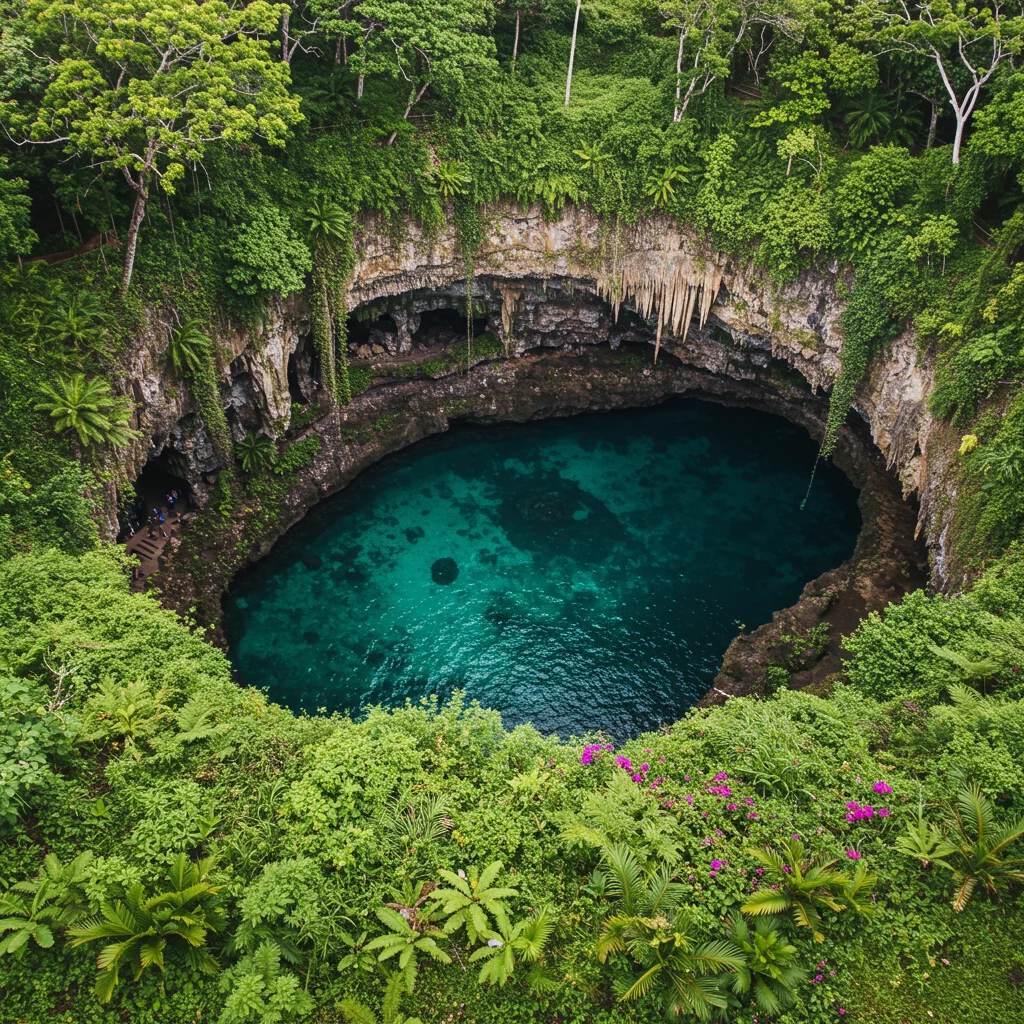
How Were Puerto Rico’s Caves Formed?
Most Puerto Rican caves originated through a process called chemical weathering. Rainwater, slightly acidic from dissolved carbon dioxide, seeps into the ground and slowly dissolves the limestone bedrock. Over time, this creates vast networks of tunnels, chambers, and underground rivers.
Some caves are still active, with water carving new passages and depositing minerals that form spectacular stalactites and stalagmites.
Types of Caves Found in Puerto Rico
Puerto Rico boasts a variety of cave types, each with its own geological features and stories. The most common are limestone solution caves, but the island is also home to sea caves, talus caves, and vertical shafts.
Karst Topography: The Foundation of the Island’s Caves
The island’s northern and western regions are characterized by karst topography—an area of rugged hills, sinkholes, and underground drainage systems. This unique landscape is the foundation for many of Puerto Rico’s largest and most impressive caves.
Famous Limestone Caves
The majority of the island’s caves, including the renowned Camuy River Cave Park and Cueva Ventana, are carved into ancient limestone. These caves often feature cathedral-like chambers, shimmering mineral deposits, and underground streams that create a mesmerizing atmosphere.
Exploring the Biodiversity Inside Puerto Rico’s Caves
Stepping into a Puerto Rican cave is like entering a hidden world teeming with life. Despite the darkness, these habitats support a surprising array of creatures and plants, many of which are found nowhere else on Earth.
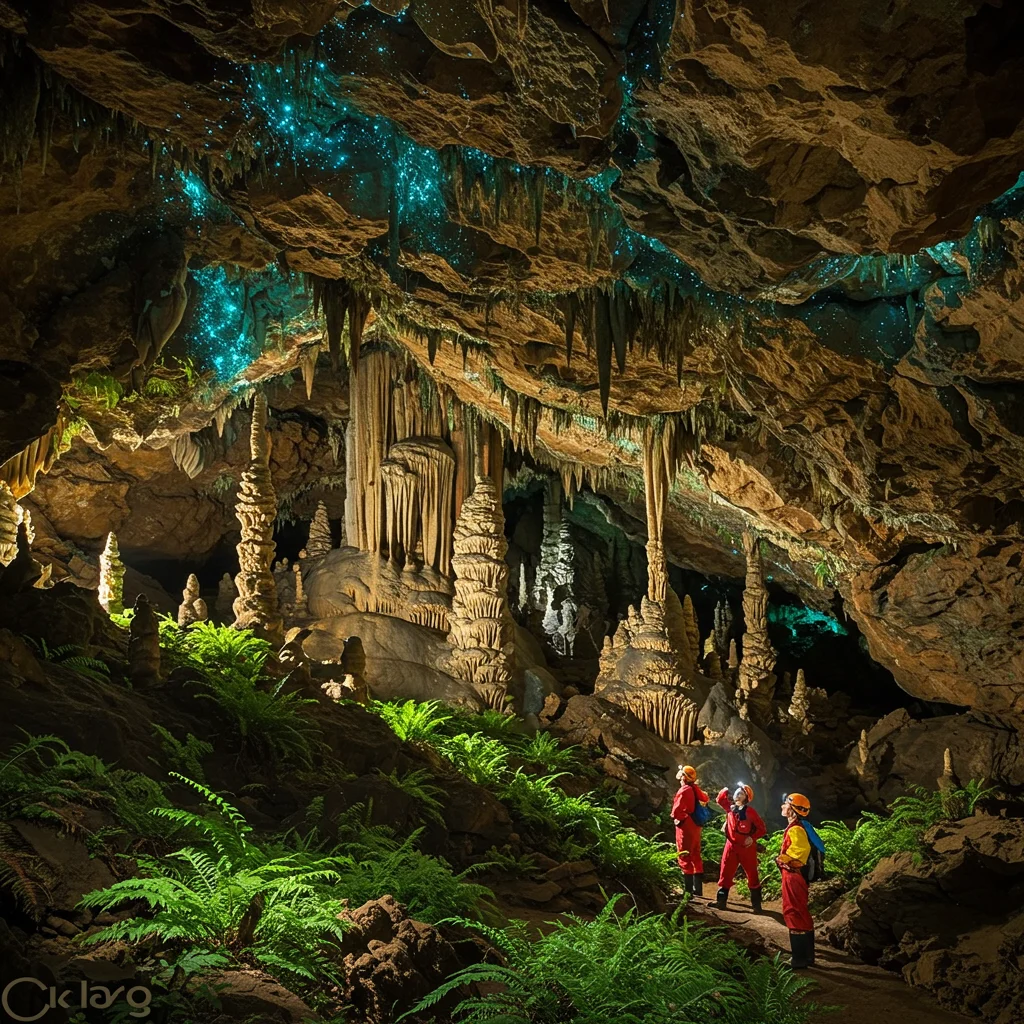
What Wildlife Can You Find in Puerto Rican Caves?
Many caves are home to colonies of bats, which play a vital role in local ecosystems by pollinating plants and controlling insect populations. You may also spot blind cave crabs, delicate spiders, and rare insects adapted to the perpetual twilight.
Some visitors have reported glimpses of the elusive Puerto Rican boa, a snake that sometimes seeks shelter in the cool shadows of the caves.
Unique Plant Life Thriving in Cave Environments
While most caves are too dark for lush vegetation, the entrances often support mosses, ferns, and small flowering plants that thrive in the humid microclimate. These patches of green soften the transition from sunlight to shadow, creating a striking contrast at the cave mouth.
Endemic Species to Watch For
Puerto Rican caves provide sanctuary for several endemic species, including unique cave-dwelling fish and invertebrates. Some of these have evolved without pigmentation or eyesight, perfectly adapted to life in total darkness.
Conservation Efforts for Cave Ecosystems
Protecting cave biodiversity is a growing priority. Conservationists work to monitor sensitive habitats, restrict access to fragile areas, and educate visitors about the importance of minimizing human impact. Responsible exploration ensures that these remarkable ecosystems remain intact for future generations.
Top Caves to Explore in Puerto Rico
Puerto Rico offers a diverse selection of caves, each with its own character and attractions. From easily accessible show caves to hidden gems off the beaten path, there’s an adventure for every explorer.
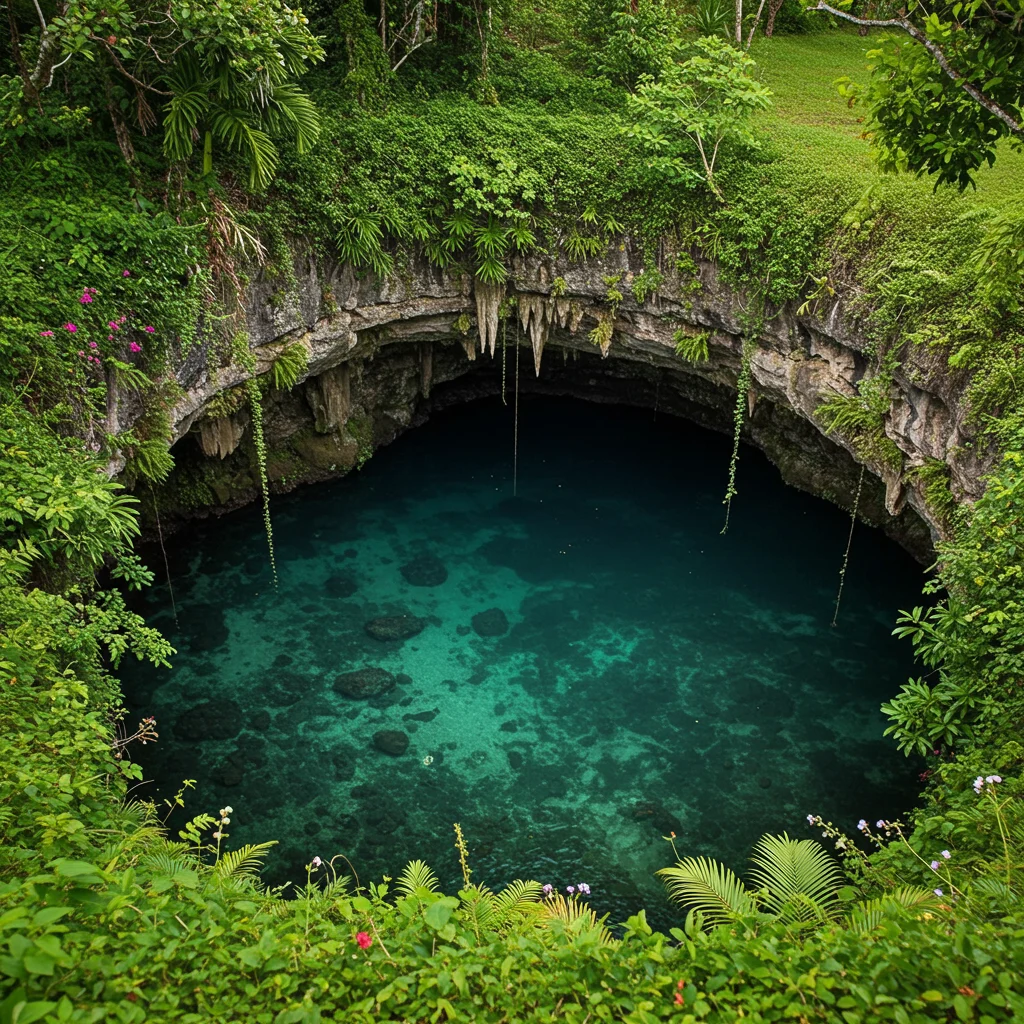
Cueva Ventana: The Window Cave
Cueva Ventana, or “Window Cave,” is perched high above the Río Grande de Arecibo valley. Its dramatic opening frames a sweeping view of the lush landscape below, making it one of the most photographed spots on the island. The hike to the cave winds through thick forest, with the scent of wet earth and the sound of birdsong accompanying your ascent.
What to Expect at Cueva Ventana?
Visitors can expect a moderate hike, a guided tour explaining the cave’s geology and history, and the breathtaking reward of the “window” view at the end. The cave itself is home to bats and fascinating rock formations. For a more comprehensive guide to this destination, we recommend our detailed post on Cueva Ventana Puerto Rico.
Best Time to Visit Cueva Ventana
Early morning or late afternoon are ideal, as crowds are lighter and the light streaming through the window casts a magical glow on the cave walls. Avoid rainy days, as the trail can become slippery and the view may be obscured by mist.
Cueva del Indio: Ancient Petroglyphs and Ocean Views
Cueva del Indio is renowned for its dramatic seaside setting and ancient Taíno petroglyphs carved into the cave’s walls. The sound of crashing waves echoes through the chambers, creating an atmosphere both wild and sacred.
How to Get to Cueva del Indio
Located near Arecibo, Cueva del Indio is accessible via a short walk from the parking area. The path leads past windswept cliffs and coastal vegetation, with the salty tang of the sea in the air. For a deeper dive into the site’s features and history, see our article about Exploring Cueva Del Indio Puerto Rico.
Highlights of Cueva del Indio
Highlights include intricate rock art, natural stone arches, and unobstructed views of the Atlantic Ocean. Visitors often spot seabirds nesting on the cliffs and tide pools teeming with marine life.
Camuy River Cave Park: The Third Largest Underground River
The Camuy River Cave Park is a vast network of caverns carved by the third largest underground river in the world. The scale of the main chamber is jaw-dropping, with cathedral-high ceilings and the distant roar of water echoing through the darkness.
Main Attractions of Camuy River Cave Park
Highlights include the impressive Clara Cave, the Empalme Sinkhole, and guided tram tours that take you deep into the heart of the underground system. The park’s walkways are well-maintained, making it suitable for families and first-time visitors.
Tips for Visiting Camuy River Cave Park
Arriving early is recommended, as the park can get busy, especially on weekends. Wear sturdy shoes and bring a light jacket—the temperature drops noticeably underground. Guided tours are informative and help visitors appreciate the delicate balance of this unique ecosystem.
Cueva Clara: The Heart of Camuy Caverns
Cueva Clara is the crown jewel of the Camuy system, with soaring ceilings, dramatic lighting, and awe-inspiring formations. The sense of scale is humbling, and the air is cool and slightly sweet with the scent of limestone and earth.
Cueva La Catedral: A Majestic Underground Experience
Known for its grand proportions and echoing acoustics, Cueva La Catedral is a favorite among experienced cavers. Stepping inside, you are greeted by silence so profound it feels sacred, broken only by the distant drip of water from the stalactites above.
Other Notable Caves Worth Visiting
Beyond the famous sites, Puerto Rico is home to many lesser-known caves that reward those willing to venture off the main trails. Some require local guides or special permits, but the sense of discovery is unmatched.
Hidden Gems: Lesser-Known Caves
For those seeking something different, Indian Cave is a remarkable option, offering both adventure and cultural insight. We shared our experiences and tips for this location in our post about hidden gems at Indian Cave Puerto Rico.
Caving for Beginners: What You Need to Know
Caving is an accessible adventure in Puerto Rico, but preparation is key. Knowing what to expect helps ensure a safe and memorable experience for all skill levels.
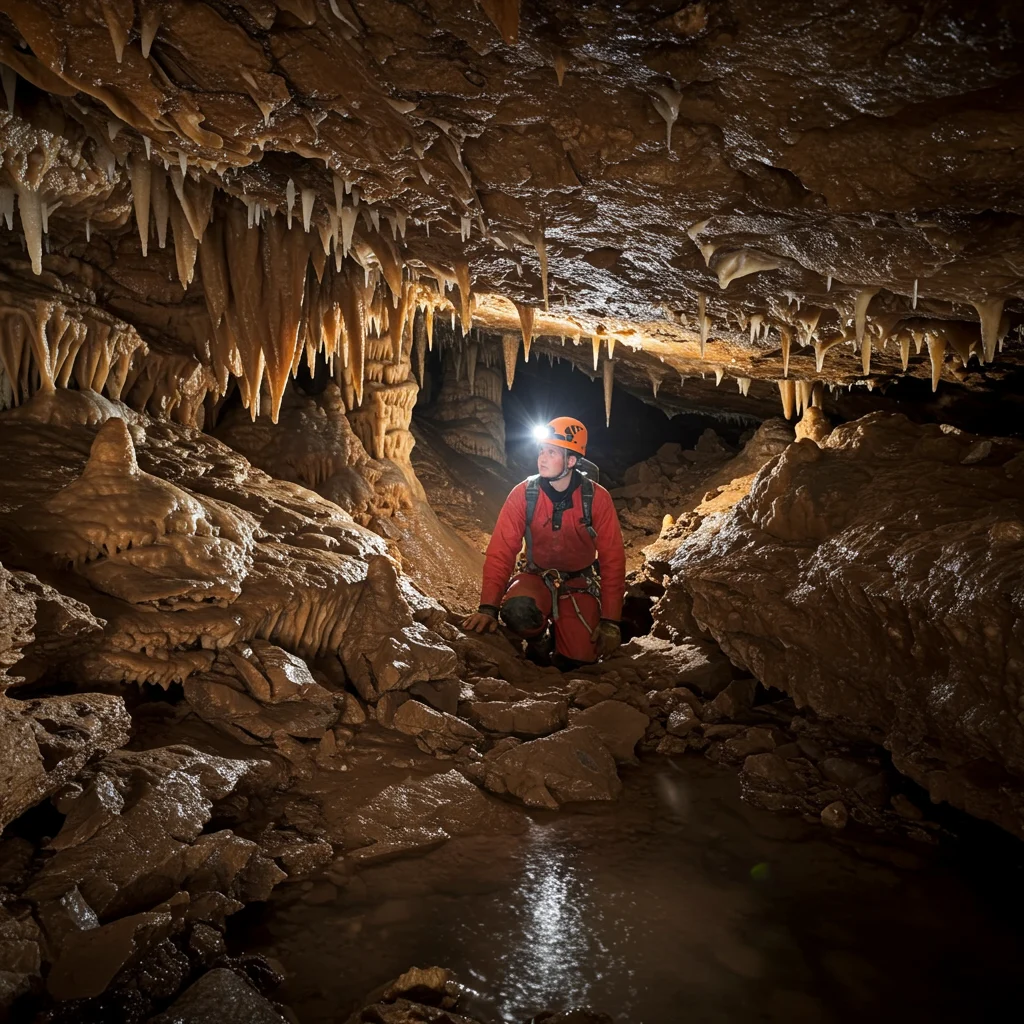
Is Caving in Puerto Rico Safe for Beginners?
Most popular caves offer guided tours designed with beginners in mind. Trails are well-marked, guides are knowledgeable, and safety protocols are strictly followed. However, visitors should always assess their physical condition and choose caves that match their comfort level.
Essential Safety Tips for Cave Exploration
- Always go with a guide or experienced group, especially on your first trip.
- Wear appropriate clothing and sturdy, non-slip footwear.
- Bring a reliable flashlight or headlamp with extra batteries.
- Inform someone outside the cave of your plans and expected return time.
- Respect posted warnings and restricted areas to avoid hazards.
What Gear Do You Need for Caving?
Having the right equipment can make all the difference for safety and comfort. Essentials include lighting, protective clothing, and basic first aid supplies.
Recommended Clothing and Footwear
Choose moisture-wicking layers that dry quickly, as caves can be cool and damp. Long sleeves and pants protect against scrapes, and sturdy hiking boots with good grip are essential.
Must-Have Equipment for Safe Caving
- Headlamp or flashlight (with spare batteries)
- Helmet for head protection
- Gloves for grip and hand protection
- Water bottle and snacks
- Small backpack for carrying essentials
Guided Tours vs. Self-Guided Adventures: Which Is Best?
Deciding between a guided tour and a self-guided adventure depends on your experience level, interests, and the cave you wish to visit. Both options offer unique benefits and challenges.

Benefits of Joining a Guided Cave Tour
Guided tours provide valuable insights into cave geology, history, and wildlife. Guides ensure safety, facilitate access to restricted areas, and enhance the experience with engaging stories and expert knowledge.
For those interested in combining multiple highlights in one trip, our article on Cueva Ventana and Cueva del Indio wonders showcases how guided tours can maximize your adventure.
Top Tour Companies for Cave Exploration in Puerto Rico
Several reputable companies offer guided cave tours across the island. Look for licensed operators with experienced guides, positive reviews, and a commitment to safety and environmental stewardship.
What to Expect on a Guided Tour
Most tours begin with a safety briefing and an introduction to the cave’s features. Guides lead groups at a comfortable pace, stopping to point out interesting formations, wildlife, and historical points of interest. Some tours include transportation, equipment rental, and light refreshments.
Planning a Self-Guided Caving Trip
Self-guided adventures offer flexibility and a sense of independence but require careful planning. Research cave access requirements, trail conditions, and weather forecasts before setting out.
Permits and Regulations for Cave Access
Some caves require permits or advance reservations, especially those in protected areas. Always check with local authorities or park offices to ensure compliance with regulations and conservation efforts.
Navigation and Safety Considerations
Bring a detailed map, GPS device, or compass, and never enter a cave alone. Stick to marked trails, watch for hazards, and be prepared to turn back if conditions become unsafe.
Cultural and Historical Significance of Puerto Rican Caves
The caves of Puerto Rico are more than natural wonders—they are sacred spaces rich with stories and traditions. Exploring them connects us to the island’s ancient past and living heritage.
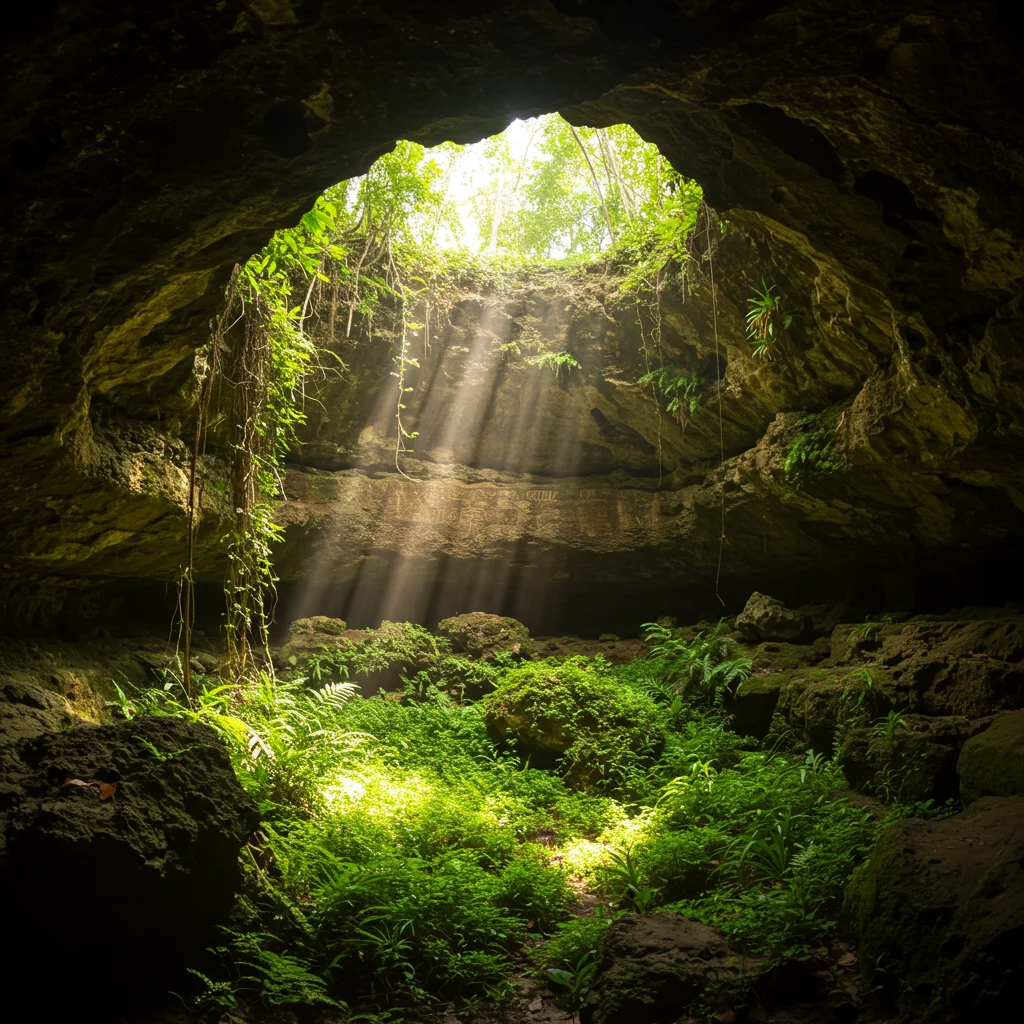
Indigenous Taíno Heritage and Cave Art
Many caves contain Taíno petroglyphs and artifacts, offering a window into the beliefs and daily life of Puerto Rico’s first inhabitants. These carvings depict deities, animals, and symbolic patterns that continue to inspire artists and historians alike.
How Were Caves Used in Ancient Times?
Caves served as shelters, ceremonial sites, and burial places for indigenous peoples. The cool, protected environment preserved artifacts and artworks, allowing modern visitors to glimpse the spiritual world of the Taíno.
Legends and Folklore Surrounding Puerto Rico’s Caves
Local legends abound, from tales of hidden treasure to stories of spirits guarding the caves. These myths add a sense of mystery and reverence, reminding us that caves are places of power and memory.
As experts often say:
“Caves are the silent storytellers of the Earth, holding secrets that bridge the natural and human worlds.”
Photography and Responsible Exploration
Capturing the beauty of Puerto Rico’s caves requires both creativity and respect for the environment. The interplay of light and shadow, the textures of stone, and the subtle colors of mineral deposits make for striking images.
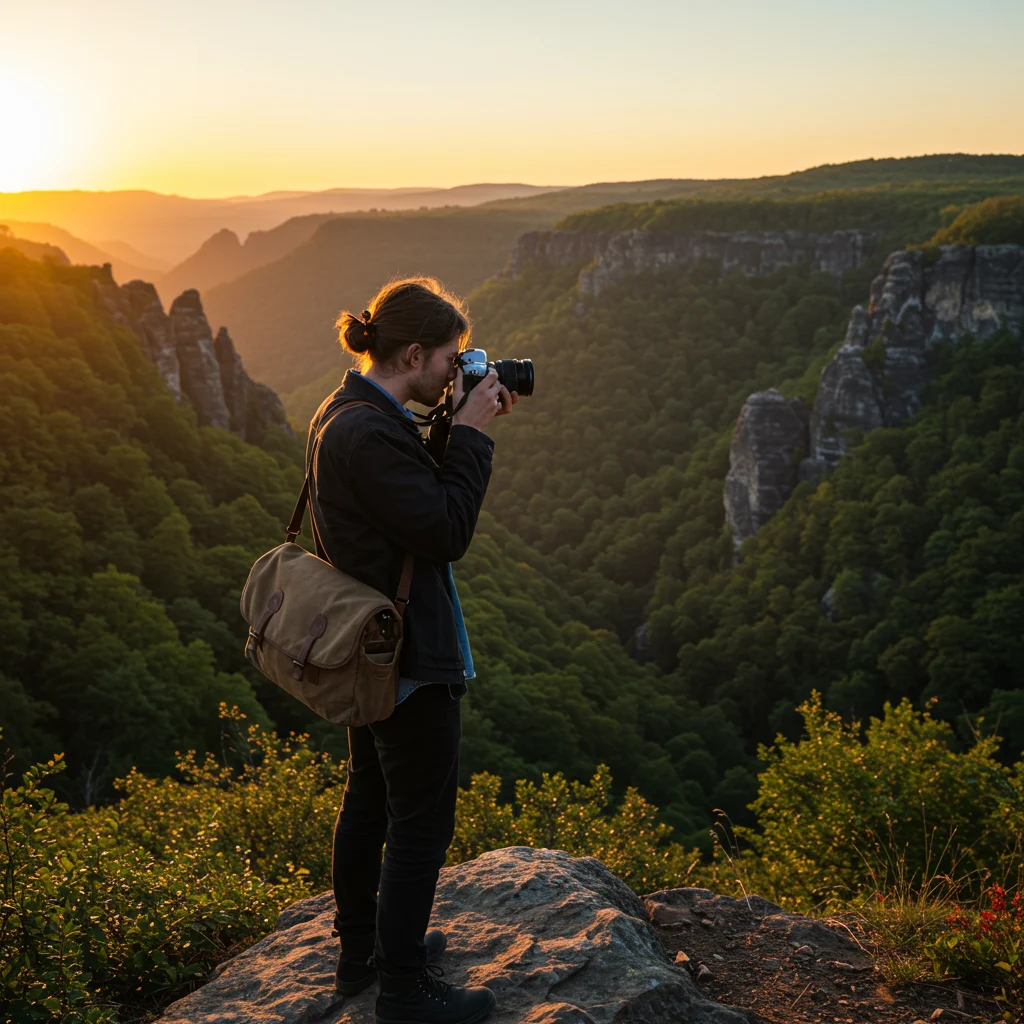
Tips for Capturing Stunning Cave Photos
- Use a tripod for stability in low light conditions.
- Experiment with long exposures to capture detail and atmosphere.
- Bring a portable light source to highlight formations without disturbing wildlife.
- Respect posted rules regarding flash photography, as it can disrupt animals.
Leave No Trace: Protecting Fragile Environments
Always follow Leave No Trace principles by staying on marked paths, avoiding contact with formations, and packing out all trash. Preserving these delicate environments ensures they remain pristine for future explorers.
Best Times of Year to Explore Puerto Rico’s Caves
Timing your cave adventure can make a significant difference in safety and enjoyment. While many caves are accessible year-round, certain seasons offer optimal conditions.
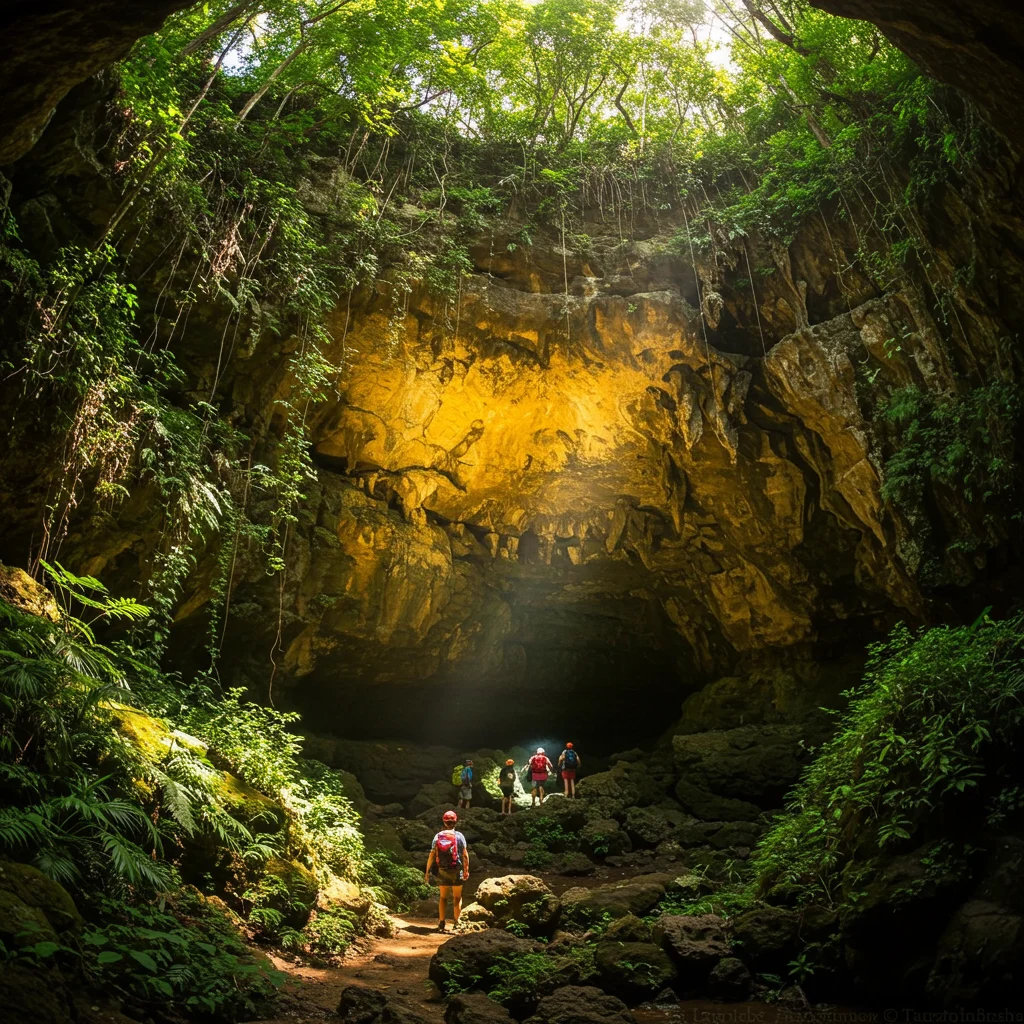
Seasonal Weather Considerations
The dry season, typically from December to April, is the best time for caving. Trails are less muddy, and water levels inside caves are lower. Humidity is still high, but the risk of heavy rain is reduced.
How Does Rain Affect Cave Access?
Heavy rain can cause flooding in certain caves, making them dangerous or inaccessible. Always check local weather forecasts and park advisories before your trip. Some caves may close temporarily after storms to allow water levels to recede.
Family-Friendly Cave Adventures
Many of Puerto Rico’s caves welcome families with children, offering educational and memorable experiences that spark curiosity and wonder.
Which Caves Are Suitable for Kids?
Caves with short, easy trails and guided tours—such as Cueva Ventana and Camuy River Cave Park—are ideal for young explorers. These sites offer safe paths, engaging guides, and plenty of fascinating sights to hold children’s attention.
Educational Opportunities for Young Explorers
Guided tours often include lessons on geology, biology, and history, making them excellent opportunities for hands-on learning. Some parks offer junior ranger programs or interactive exhibits tailored to children.
Accessibility Considerations for All Visitors
Puerto Rico strives to make its natural wonders accessible to everyone. While not all caves are suitable for visitors with mobility challenges, several sites offer accommodations and amenities.
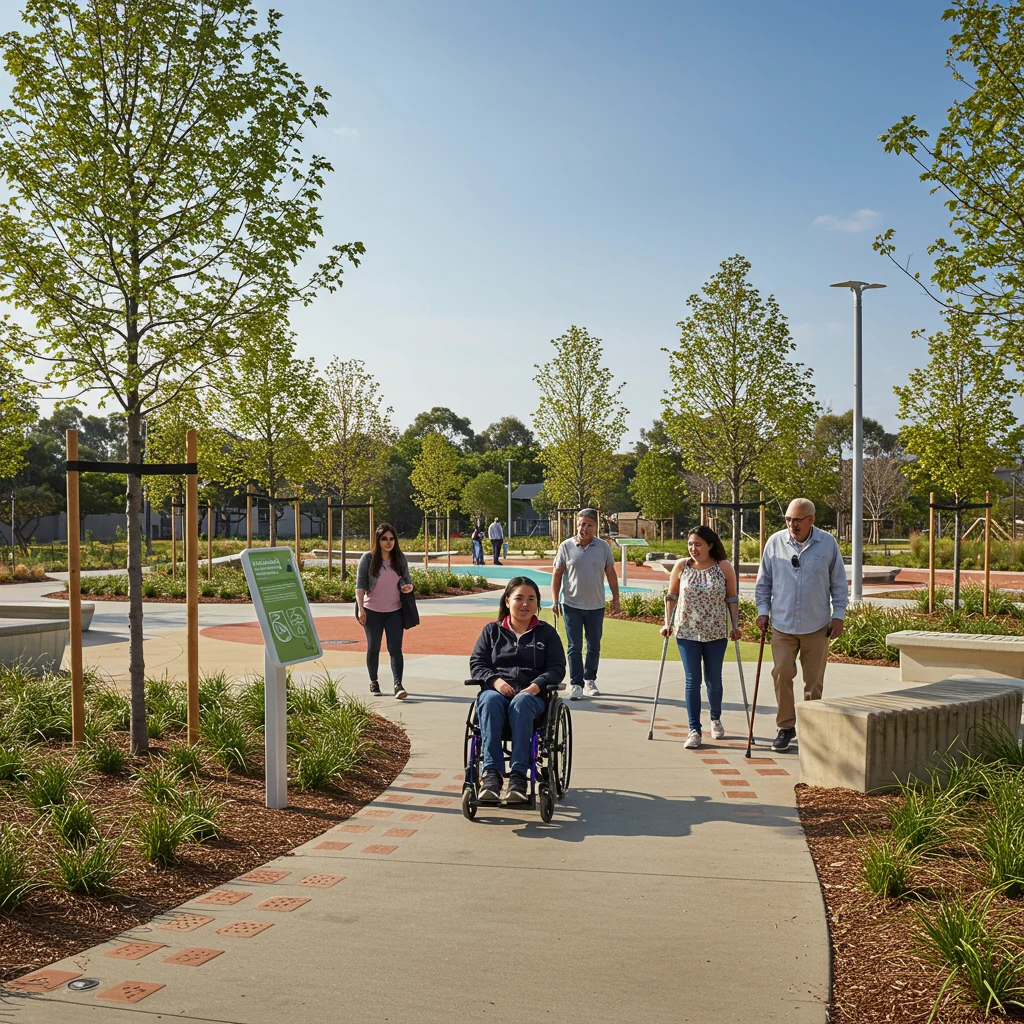
Are There Wheelchair-Accessible Caves in Puerto Rico?
Camuy River Cave Park features paved walkways and ramps, allowing wheelchair users and those with limited mobility to experience the cave’s grandeur. Staff are available to assist and answer questions about accessibility.
Facilities and Amenities at Major Cave Sites
Most major caves offer restrooms, parking, visitor centers, and shaded picnic areas. Some sites have snack bars or gift shops where you can purchase refreshments and souvenirs.
Nearby Attractions to Combine with Your Caving Trip
Pairing your cave adventure with other local attractions can create a well-rounded itinerary filled with excitement and discovery.
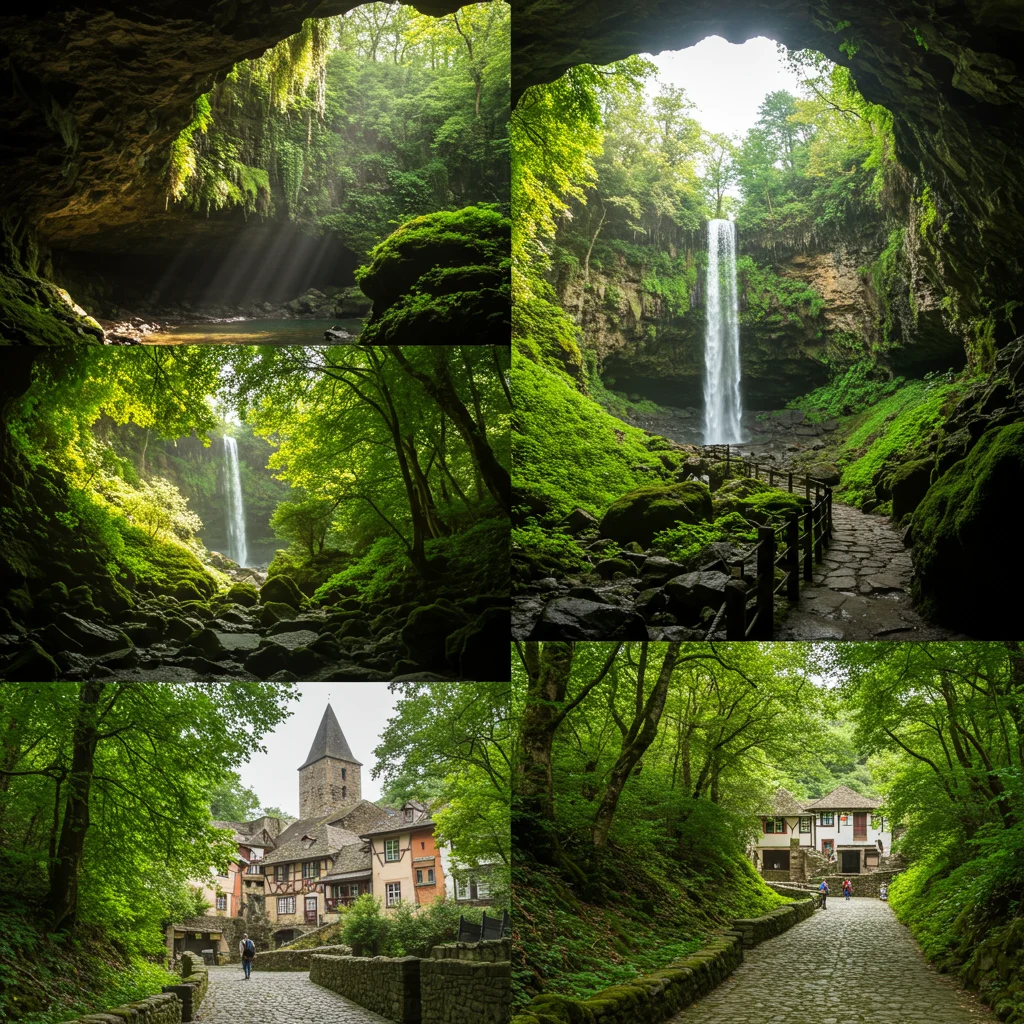
Best Towns to Stay In for Cave Explorers
Arecibo, Camuy, and Utuado are popular bases for cave exploration. These towns offer comfortable accommodations, friendly hospitality, and easy access to major cave sites.
Other Outdoor Adventures Near the Caves
Nearby attractions include hiking trails, ziplining, waterfalls, and scenic viewpoints. For more inspiration on planning an adventure-packed trip, we share ideas in our post about unexpected delights on your next Puerto Rico cave adventure.
Sample Itineraries for Cave Exploration
Crafting the perfect itinerary depends on your interests, schedule, and energy level. Here are a few sample plans to help you make the most of your time underground.
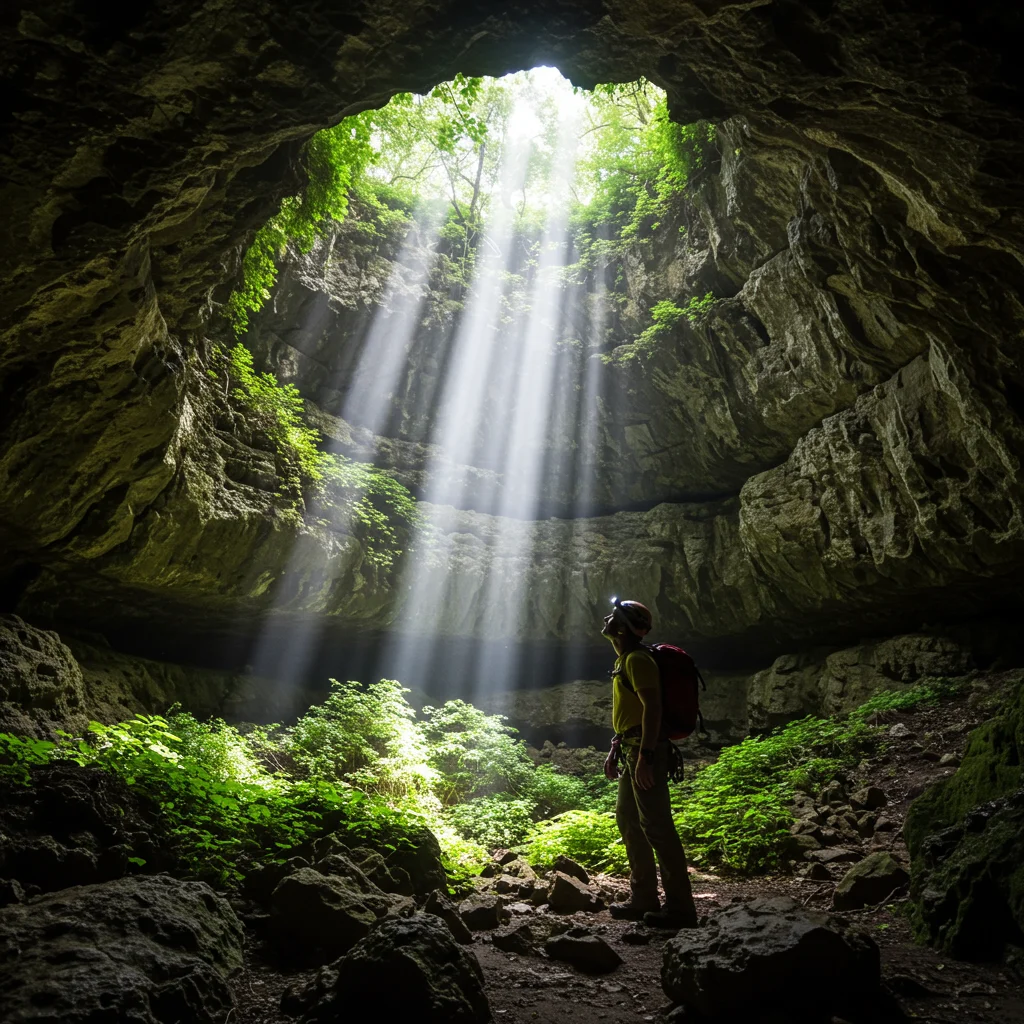
One-Day Caving Adventure
Start with a morning tour of Cueva Ventana, followed by lunch in Arecibo. In the afternoon, visit Cueva del Indio for ocean views and petroglyphs before returning to your base town.
Weekend Cave Exploration Getaway
Day one: Explore Camuy River Cave Park and Cueva Clara. Day two: Visit lesser-known caves like Cueva La Catedral or join a guided tour to a hidden gem. Enjoy local cuisine and relax in a nearby guesthouse.
Multi-Day Cave-Hopping Experience
Dedicate several days to visiting the island’s most famous and off-the-beaten-path caves, with stops in Arecibo, Camuy, and Utuado. Include time for hiking, photography, and sampling traditional foods along the way.
Packing List for a Puerto Rican Cave Adventure
Being well-prepared enhances safety and comfort during your caving experience. Packing smart ensures you are ready for any situation underground.
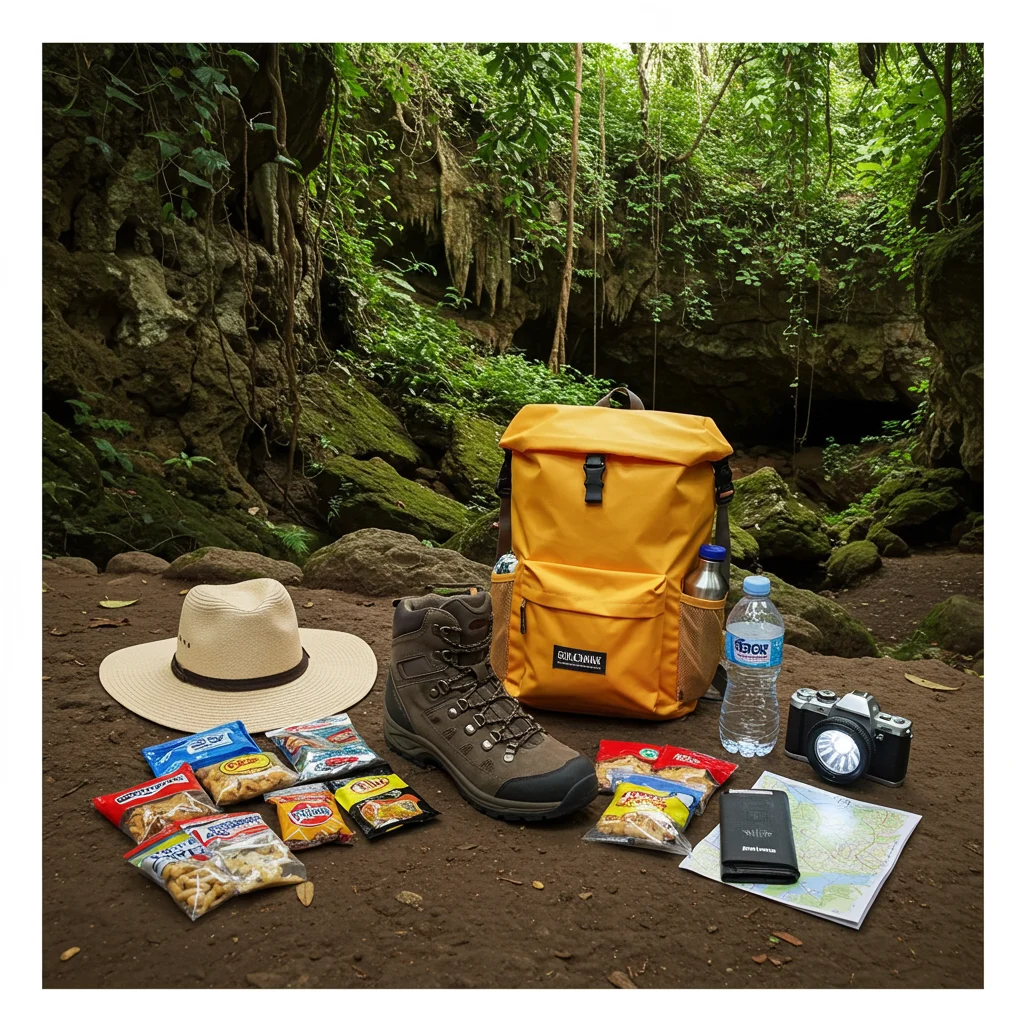
Essential Items to Bring
- Lightweight, moisture-wicking clothing
- Sturdy hiking boots
- Headlamp or flashlight
- Helmet
- Gloves
- First aid kit
- Map or GPS device
- Camera
- Personal identification and necessary permits
Snacks and Hydration Tips
Bring high-energy snacks like trail mix, granola bars, and fruit. Hydrate before entering the cave and carry a reusable water bottle. Avoid sugary drinks, as they can lead to dehydration in humid environments.
Where to Eat After Your Cave Exploration
After a day underground, nothing beats a hearty meal at a local restaurant. Puerto Rico’s culinary scene is as rich and varied as its caves.
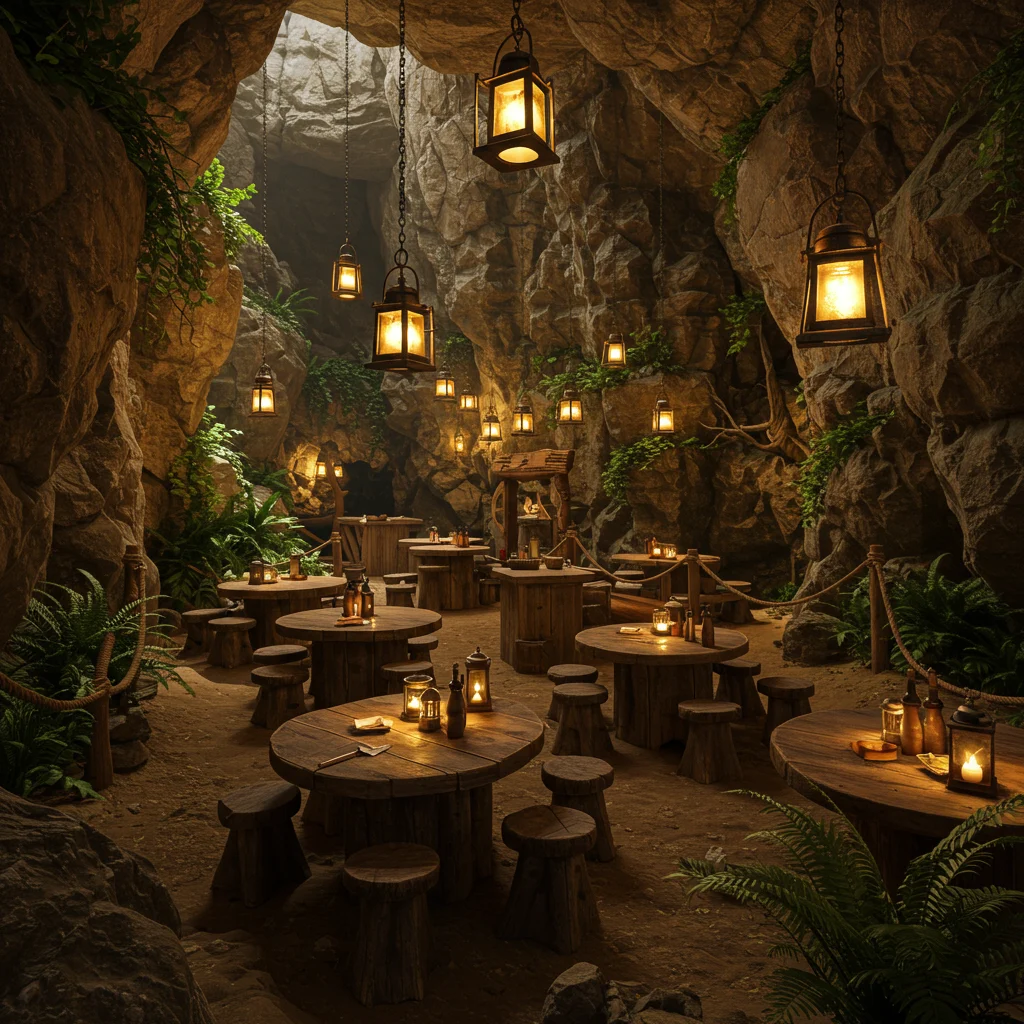
Best Local Restaurants Near Cave Sites
Look for family-owned eateries in Arecibo and Camuy, where you can enjoy fresh seafood, grilled meats, and classic Puerto Rican dishes. Many restaurants offer outdoor seating with views of the countryside.
Traditional Puerto Rican Foods to Try
- Mofongo: Mashed plantains with garlic and pork cracklings
- Arroz con gandules: Rice with pigeon peas and pork
- Lechón: Slow-roasted pork
- Pastelón: Plantain lasagna with meat filling
- Tembleque: Coconut pudding for dessert
Sustainable Tourism: Supporting Local Communities
Practicing sustainable tourism helps protect Puerto Rico’s caves and supports the communities that care for them. Simple choices make a meaningful difference for the environment and local livelihoods.
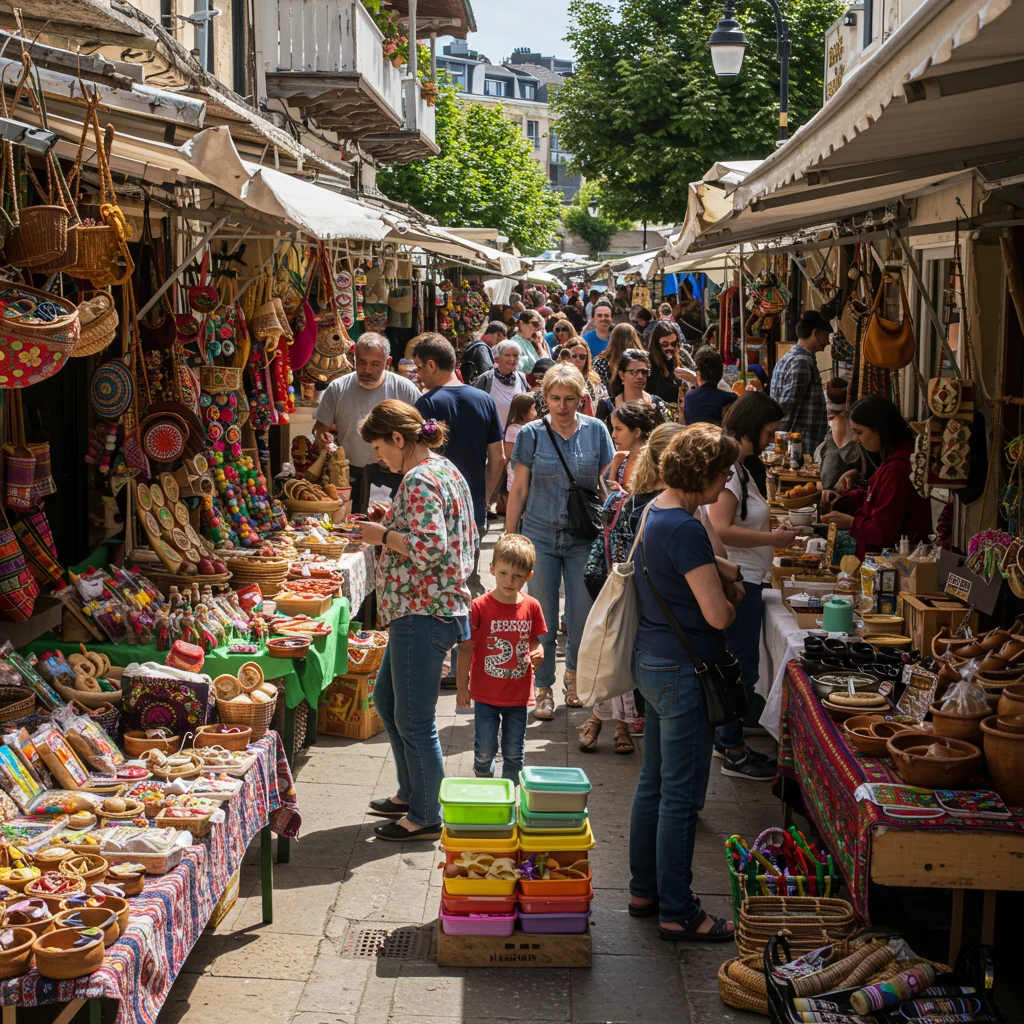
How Can You Make Your Cave Visit Eco-Friendly?
- Choose tour operators committed to conservation and responsible practices.
- Minimize waste by bringing reusable containers and packing out trash.
- Respect wildlife and avoid disturbing sensitive habitats.
- Support local businesses by dining, shopping, and staying in the community.
Tourism’s Impact on Puerto Rico’s Caves
Responsible tourism provides vital funding for conservation efforts, trail maintenance, and educational programs. By visiting with care, travelers help preserve these unique environments and ensure they remain accessible for generations to come.
Frequently Asked Questions About Caving in Puerto Rico
Here we address some of the most common questions from first-time cave explorers and seasoned adventurers alike.
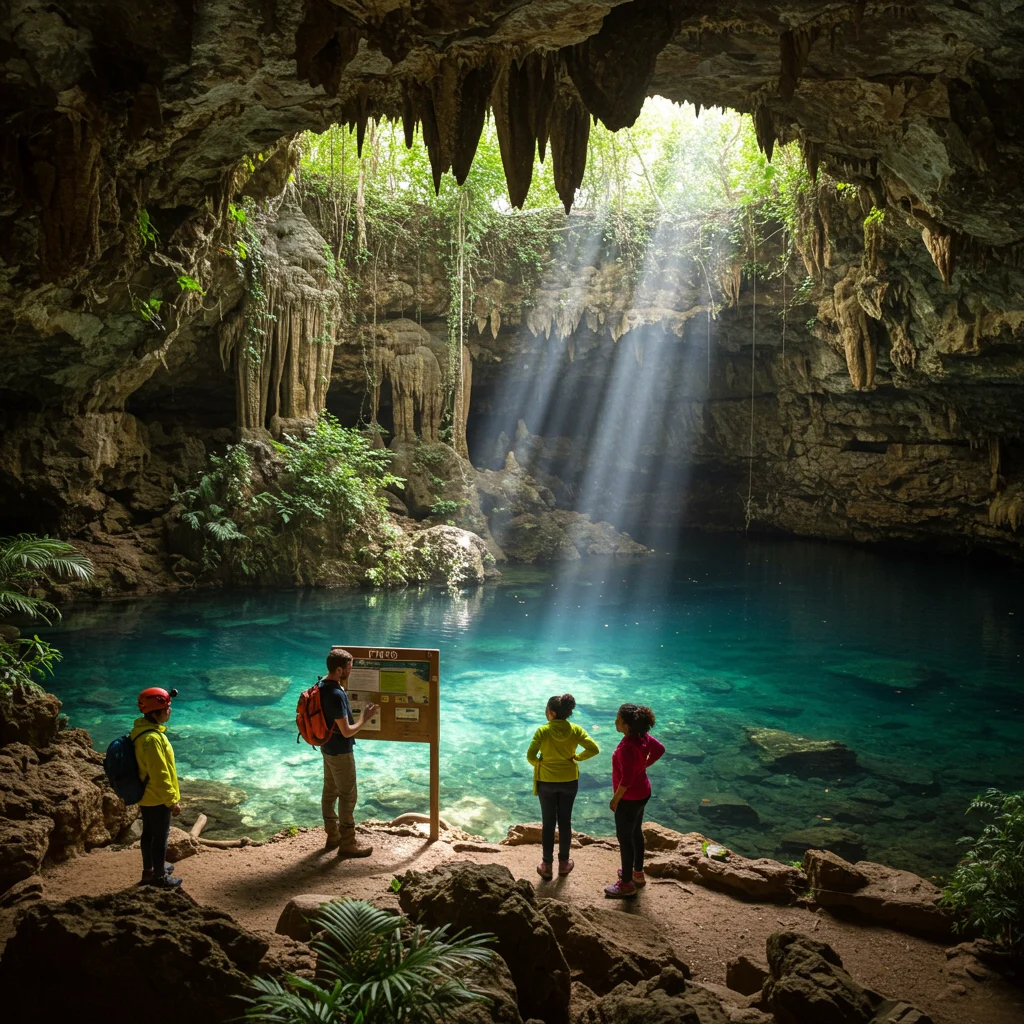
Do You Need Prior Experience to Go Caving?
No prior experience is necessary for most guided tours. Knowledgeable guides provide instruction and support, making caving accessible to all ages and skill levels. However, more challenging caves may require previous experience and specialized training.
What Should You Do in Case of Emergency?
Stay calm, follow your guide’s instructions, and use your headlamp or flashlight to signal for help if needed. Always carry a basic first aid kit and make sure someone outside the cave knows your itinerary and expected return time.
Final Thoughts: Why Puerto Rico’s Caves Should Be on Your Bucket List
Puerto Rico’s caves invite us to witness the island’s natural beauty, rich history, and vibrant wildlife from a truly unique perspective. Each underground journey reveals new marvels and deepens our appreciation for the wonders beneath our feet. Whether you’re seeking adventure, cultural insight, or a peaceful retreat from the ordinary, these caves deliver unforgettable moments at every turn.
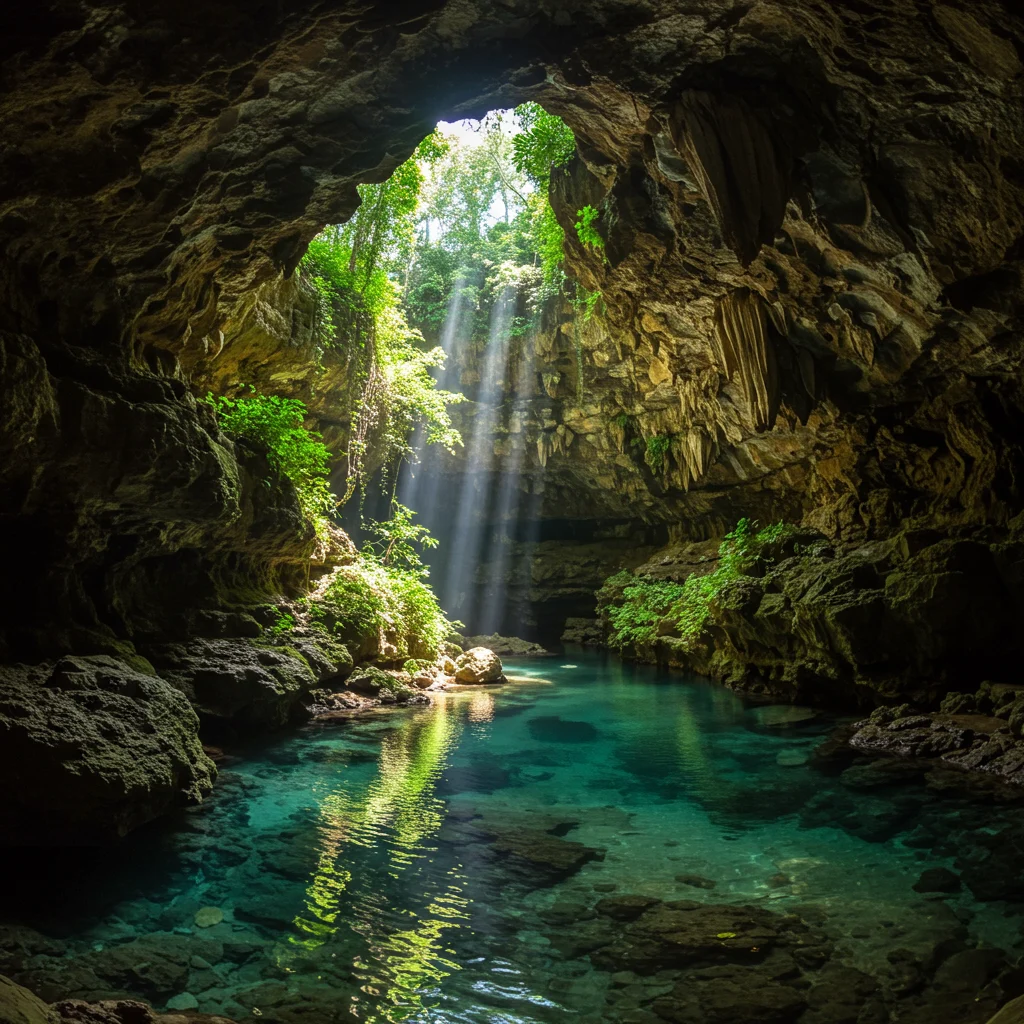
For those inspired to plan their own caving adventure, Puerto Rico Tour provides a wealth of resources and expert guidance to help you experience the best of the island’s hidden treasures. Begin your journey by visiting Puerto Rico Tour and let the island’s underground wonders become a highlight of your travels.

